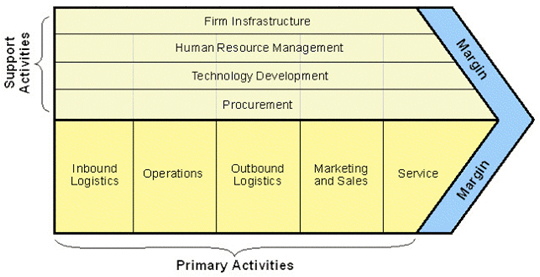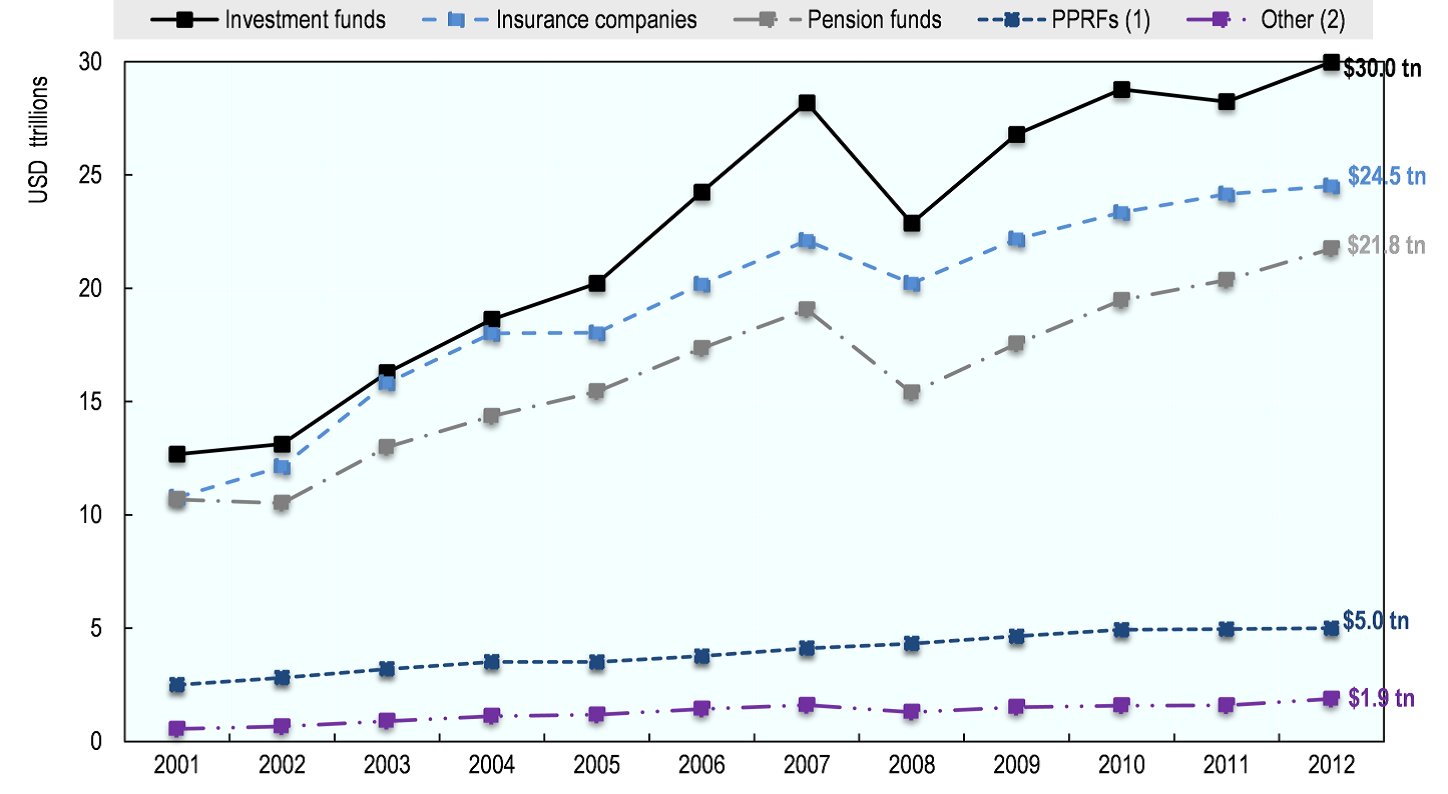Looking at US Industrial with the US Cluster Mapping Project
The Cluster Mapping Project (CMP) was pioneered by Michael E Porter of Harvard University. He is just as well known for his works on Competitive Advantage. His work is a necessary foundation for US Industry and business organizations. I reprint his Value Chain diagram below for company diagnostics, which has been repurposed to examine the competitiveness of regions. To understand the implications of location and clustering, you can read an article Professor Porter published in 1995 about the strategic location of inner cities which is just as relevant today.

Continue reading “Looking at US Industrial with the US Cluster Mapping Project”


(1).jpg)



%5B1%5D.jpg)
